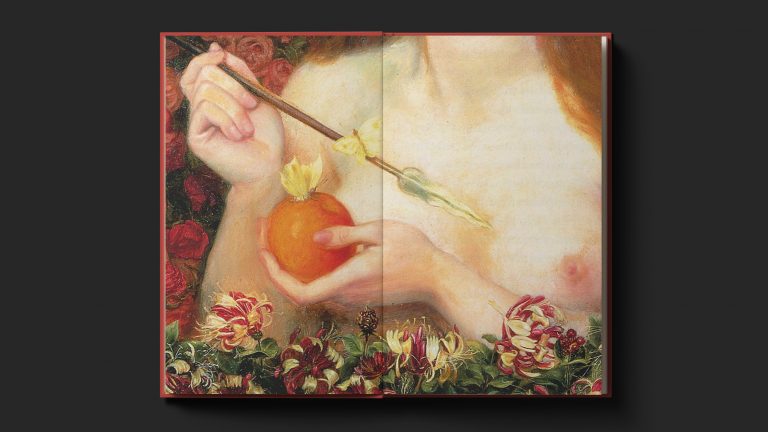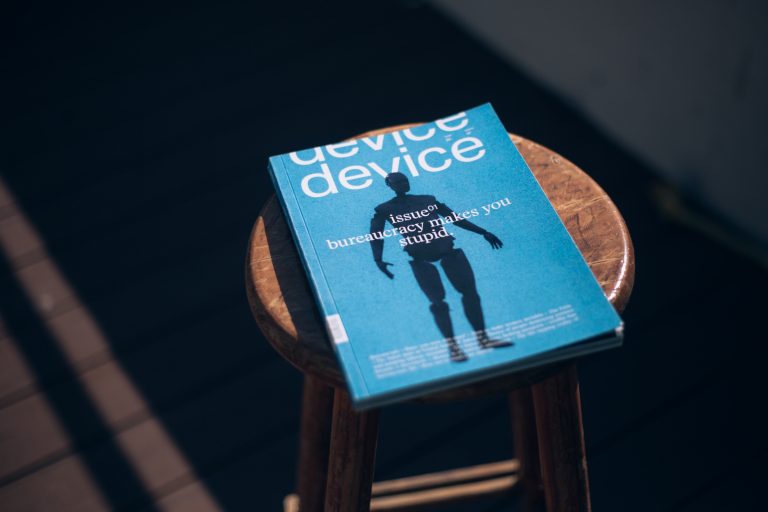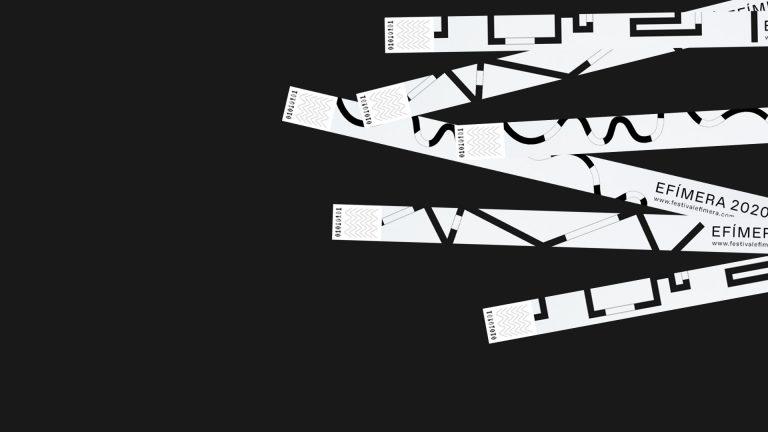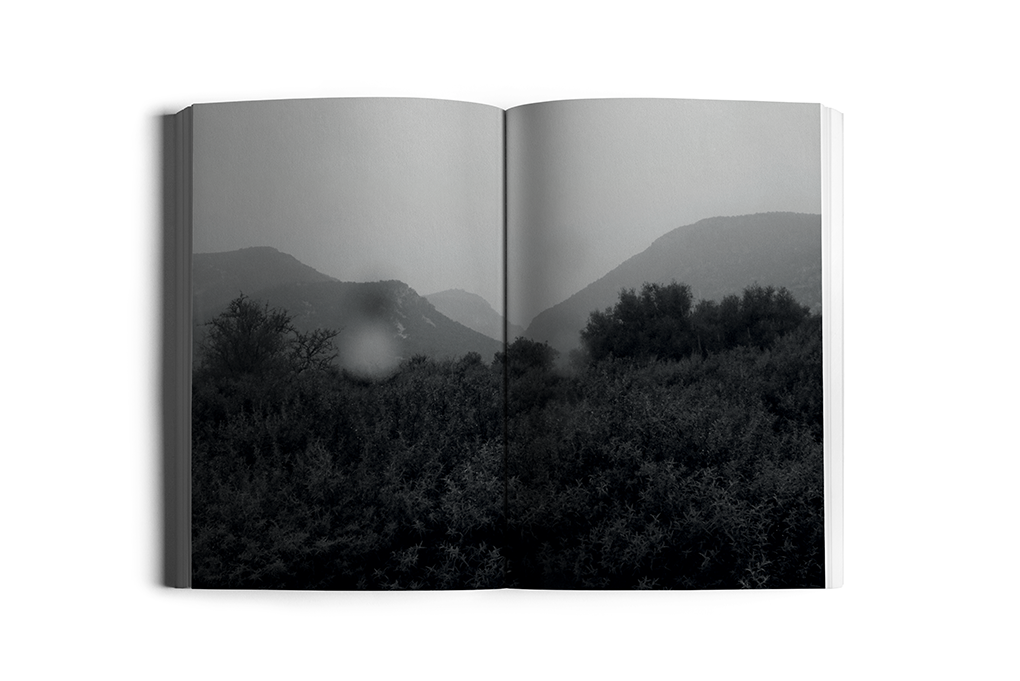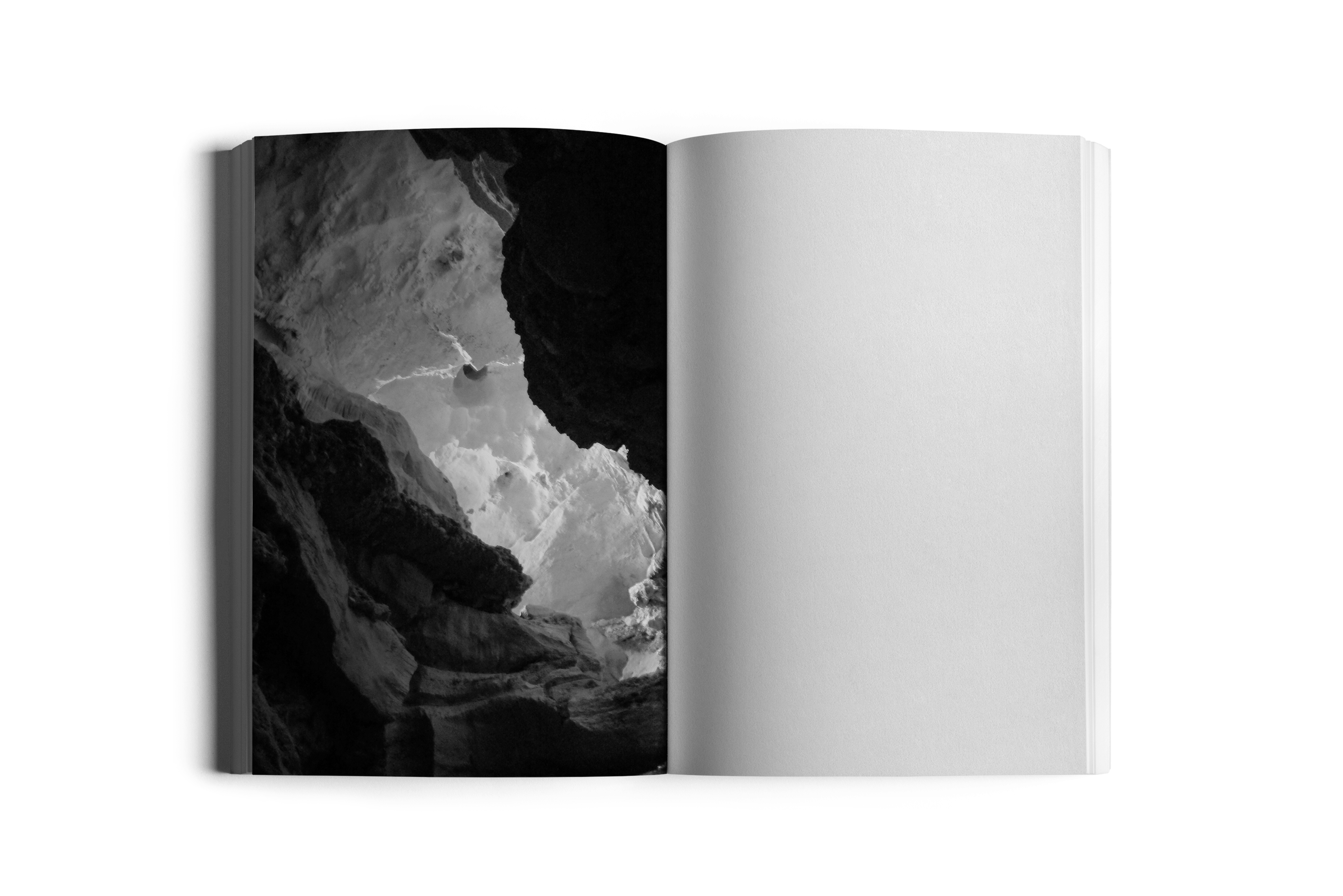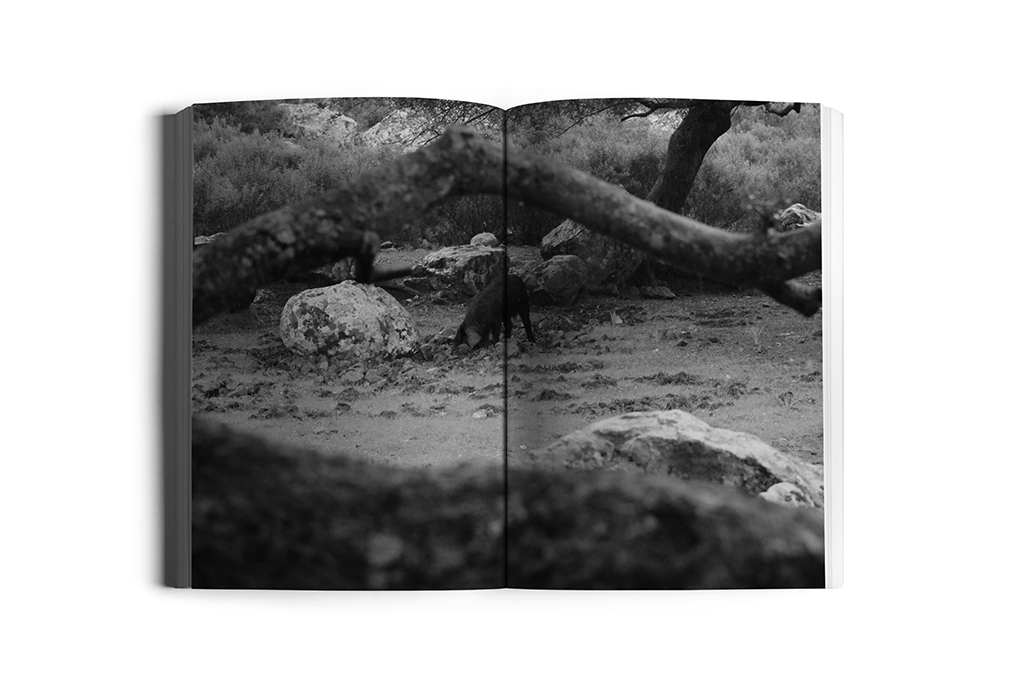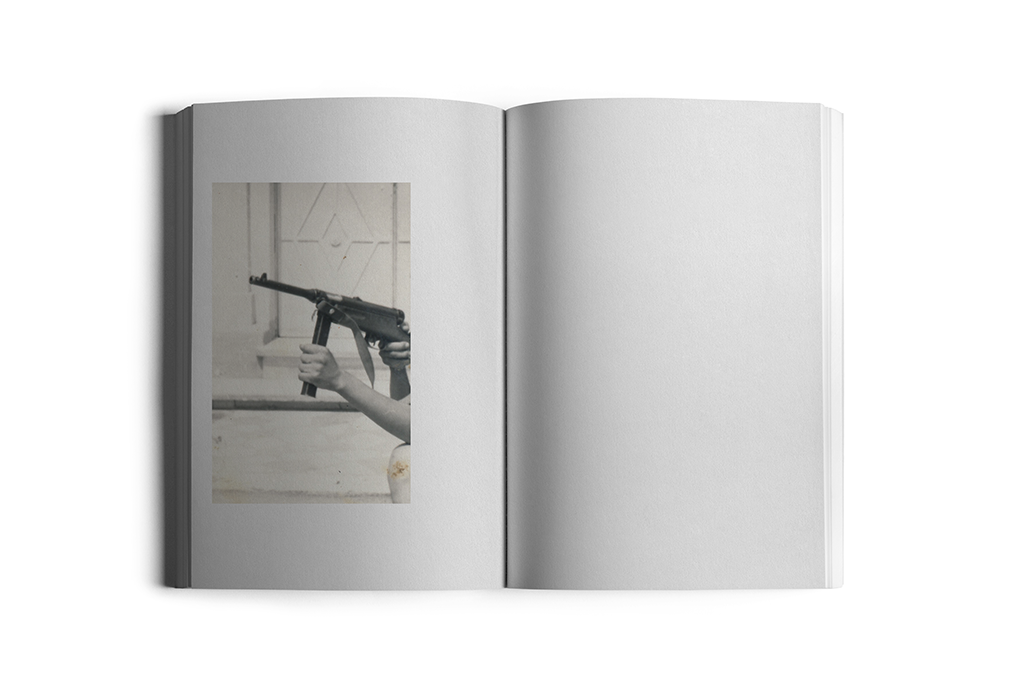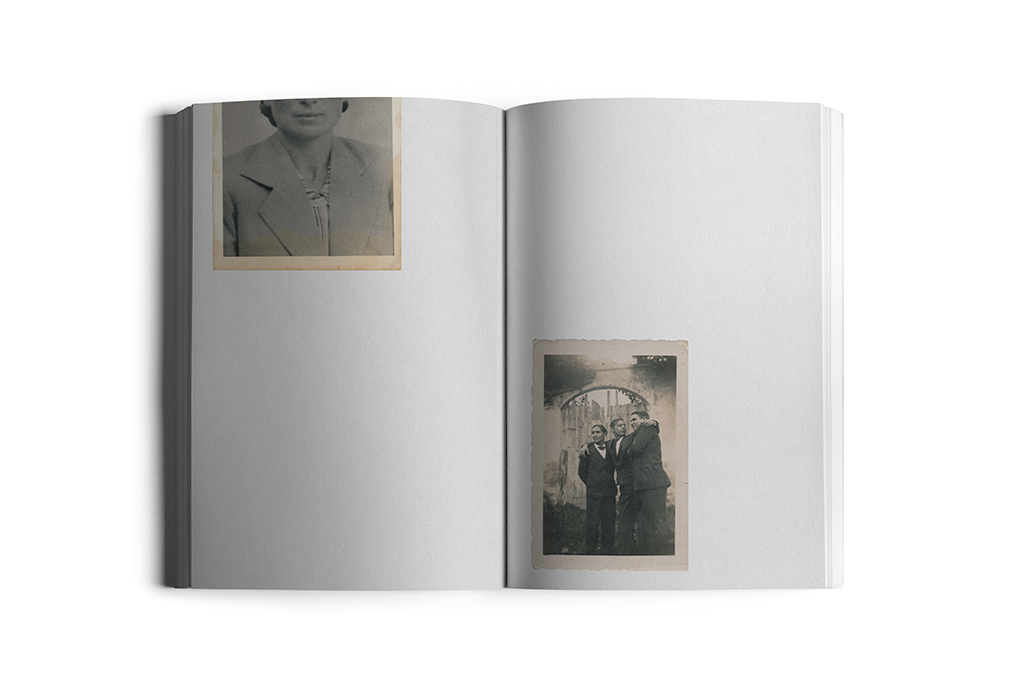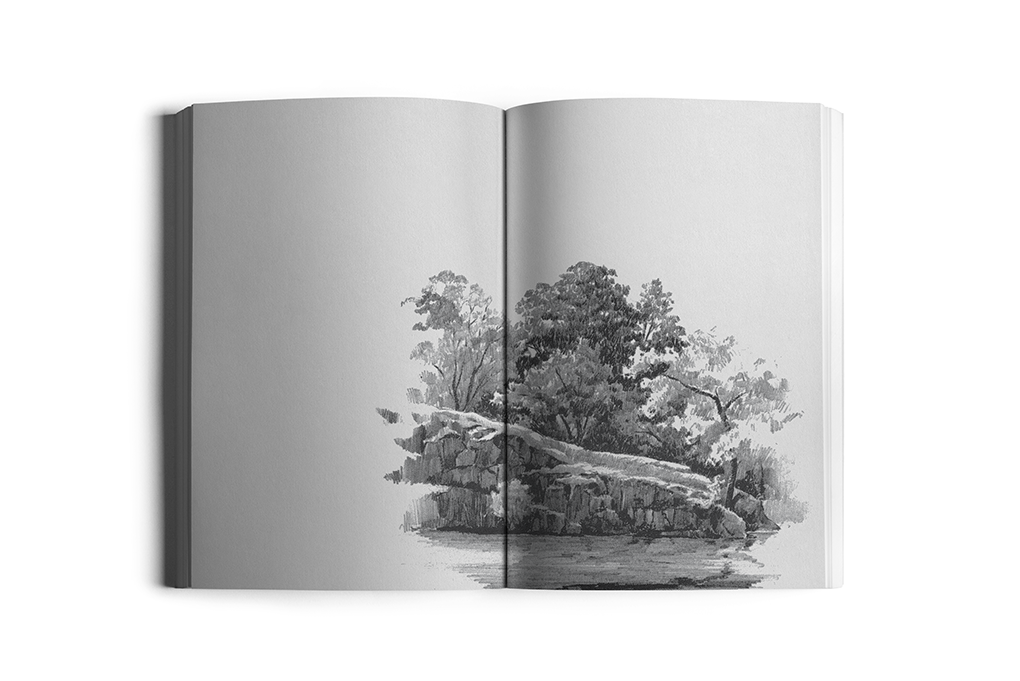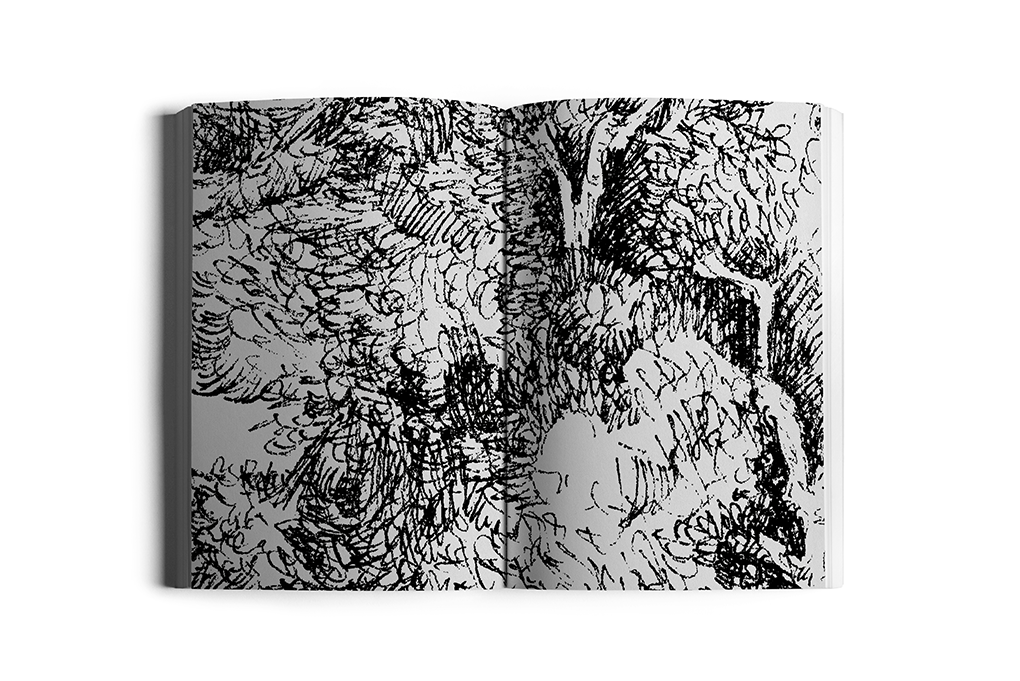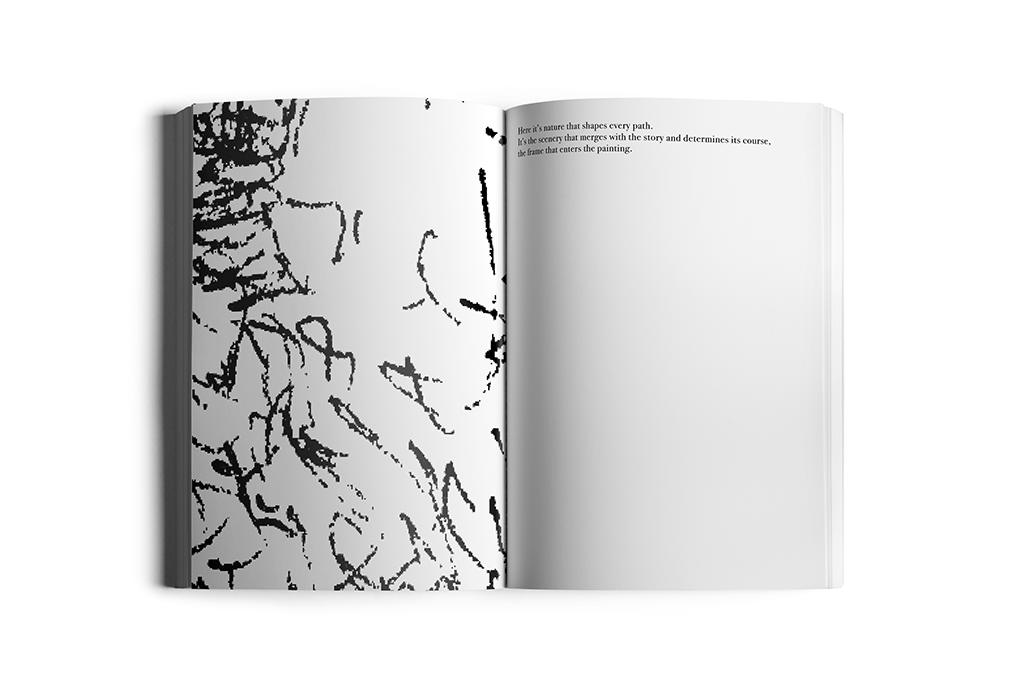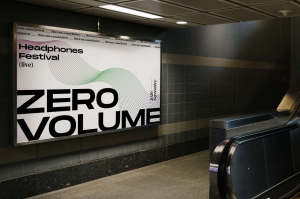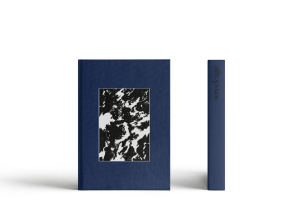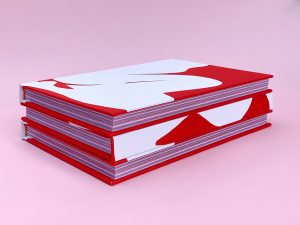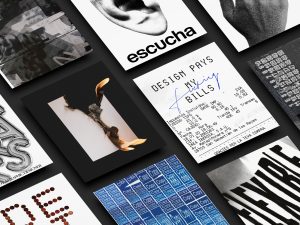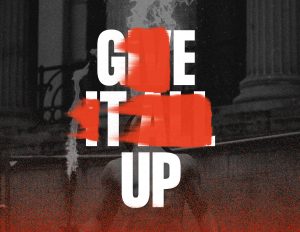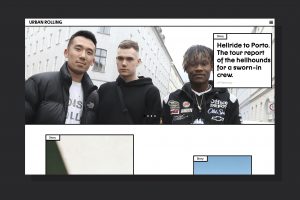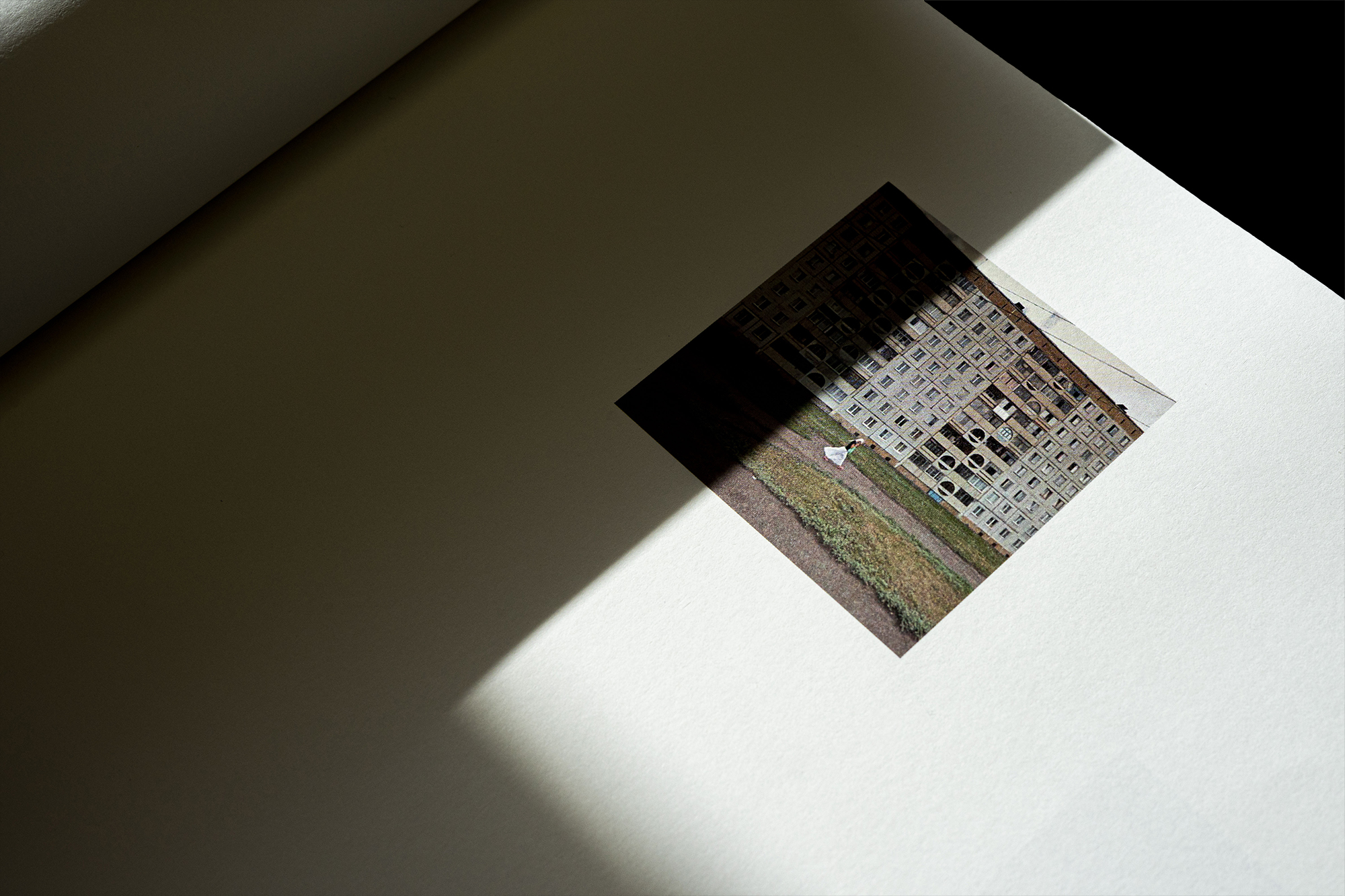Macchia
Paola UrgegheJoana Teixeira
Graphic Elisava 2020
Lots of things tend to happen during a graphic.elisava master’s program. Mountains of research. Maybe one or two existential crises. Designing so much that you have nightmares about mismatched hex codes.
In some weird twist of fate, this year’s biggest ‘thing’ ended up being a global pandemic. We were forced to embrace digitalism over presentialism, do more with less, and channel disillusionment into positivity. In school, the lesson comes before the test, but life often takes the opposite approach. We think we’re better for it.
PLATFORM AND IDENTITY
For this year’s degree show we decided to continue the digitalist lifestyle that we’ve come to know. Pills replace name tags, thumbnails replace handshakes, and ingenuity replaces normality in order to illustrate how we view topics like “design ethics”, “comfort”, “manifestos”, and “freedom”.
About
This is graphic.elisava’s digital Degree Show. Find out more about the program at graphic.elisava.net
Acknowledgements
Many thanks to this year’s students in the Graphic Design and the Editorial Design master’s degrees. The 2020 graphic.elisava Degree Show – both the platform and the campaign that precedes it – wouldn’t have been possible without the indefatigable work of a group of design students making time for it in the middle of their end-of-year presentations.
On the typeface
Thanks to Non Foundry for letting us use their Non®Natural Grotesk throughout the website and campaign of this digital Degree Show.
Visit nonfoundry.com to find out more about their work.
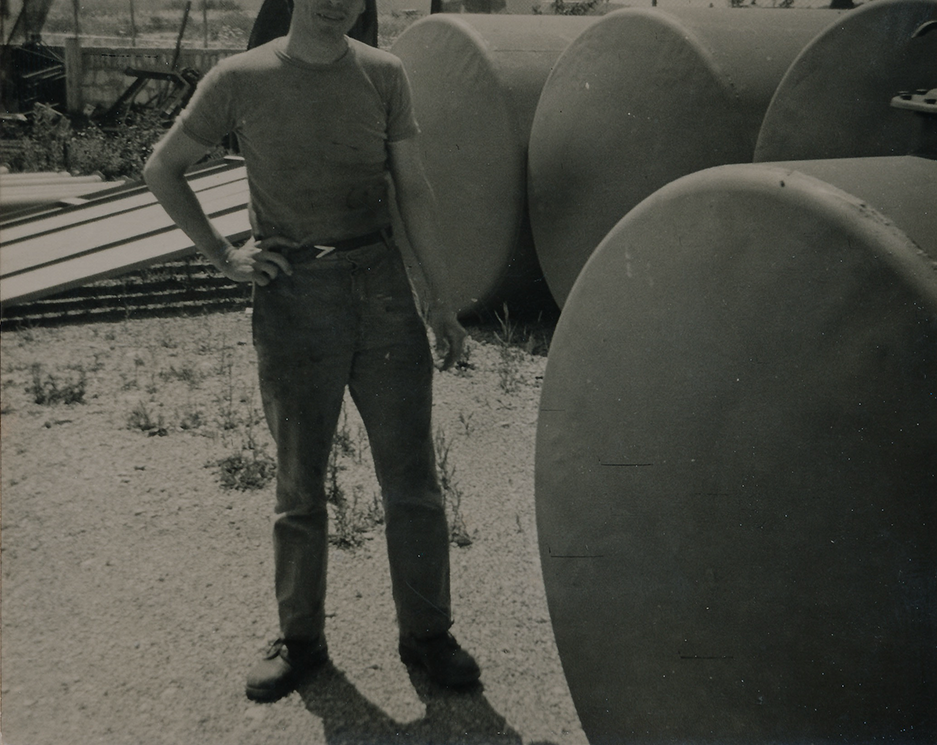

Macchia
Tomorrow will be a long day without words
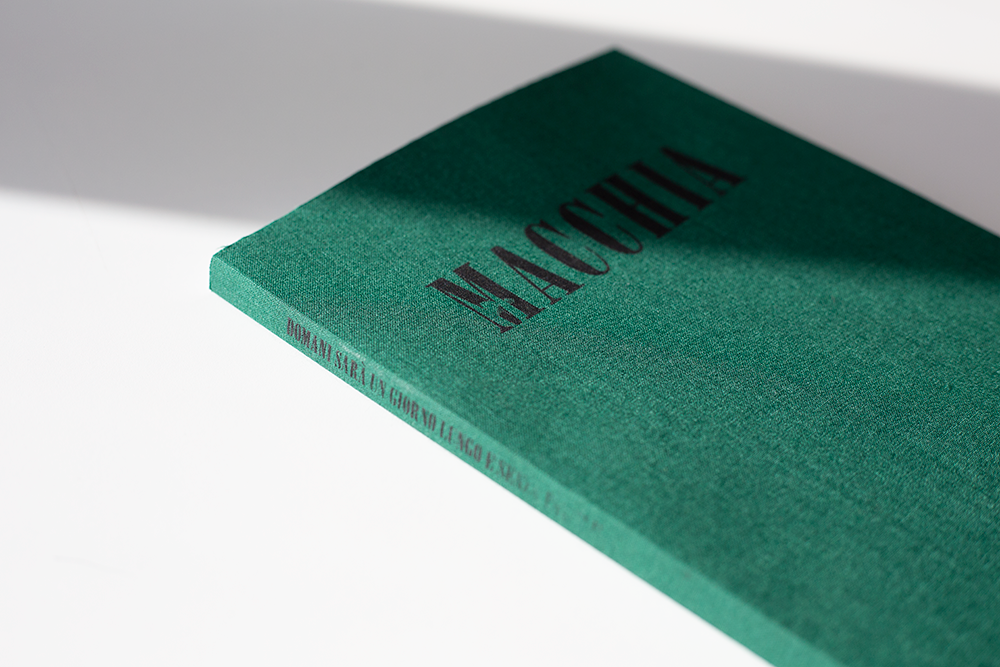
A photo book to investigate the bond between nature and history in Sardinia
Our scenario is an ancient land, where disappearing and hiding are favoured by the wild and rough territory.
It is here that those who commit a crime can do what in Italy is called darsi alla macchia, which means to disperse into nature without leaving a trace.

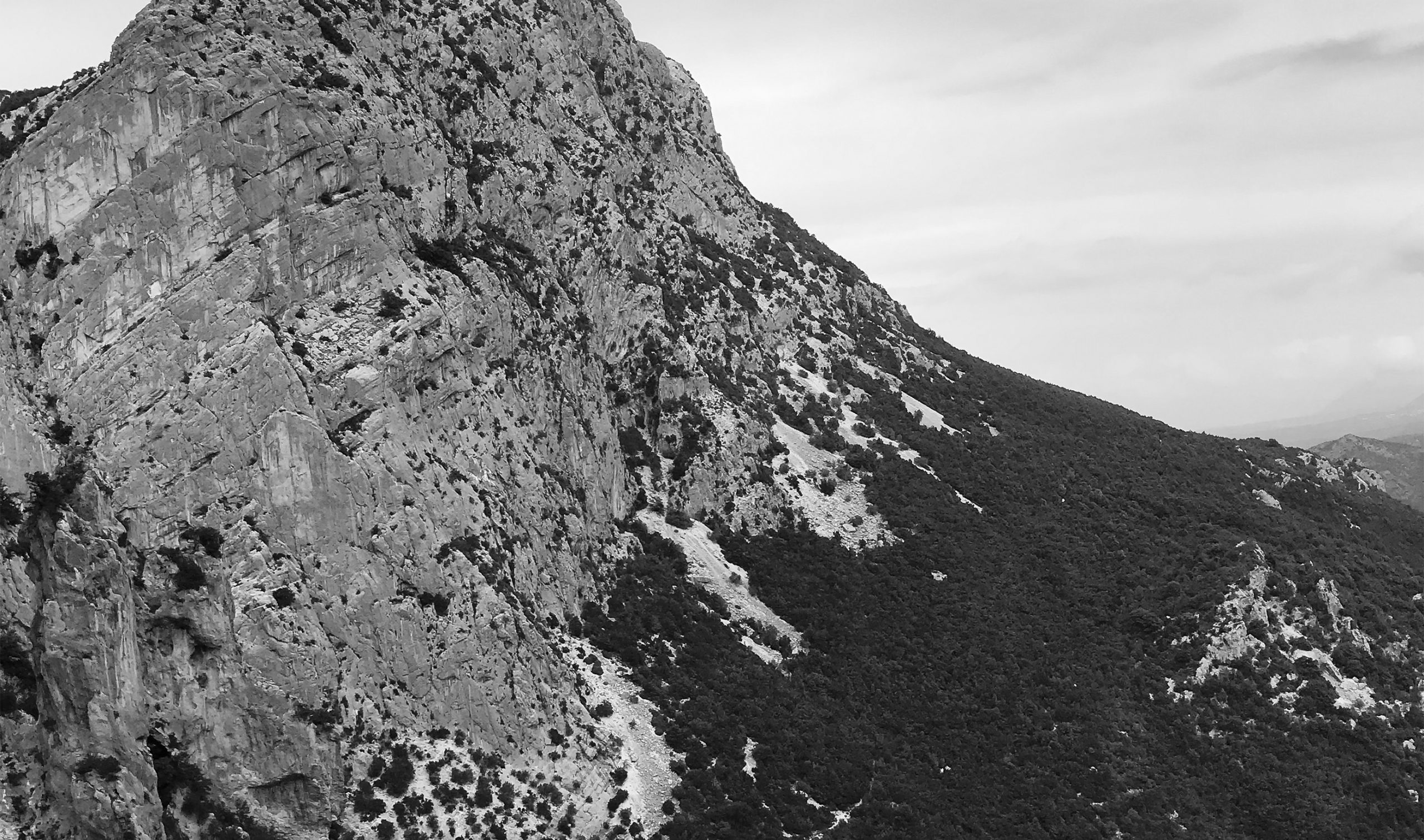

The aim is to represent this particular context through the eyes of the protagonist, retracing with images his journey from the normality of a rural context to crime and escape.
The narrative alternates between two times: the present, represented by the photographs, in which the protagonist moves inside the macchia and contemplates its surroundings, and the past, in which the documents represent the bandit’s memories as a flashback.
The illustrations go through the whole book, marking the path of the individual who goes deeper and deeper into nature until he gets swallowed up, becoming part of it.
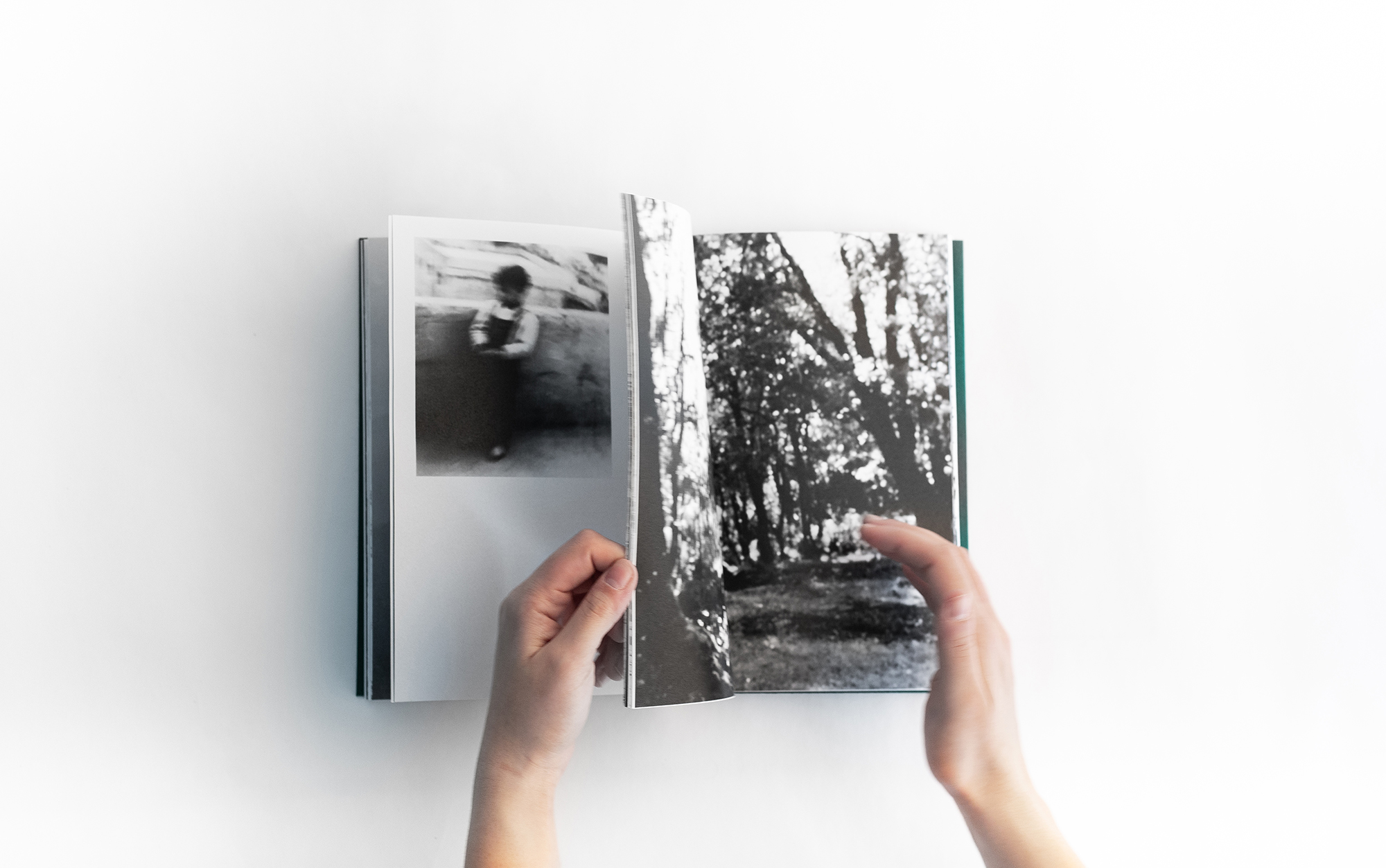
Here it’s nature that shapes every path. It’s the scenery that merges with the story and determines its course, the frame that enters the painting

